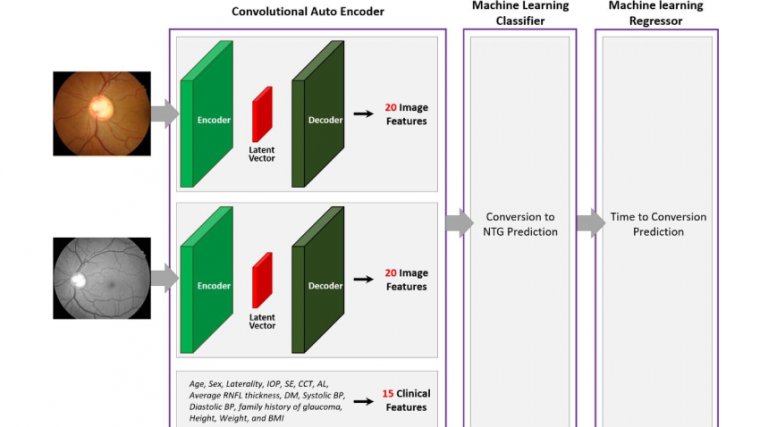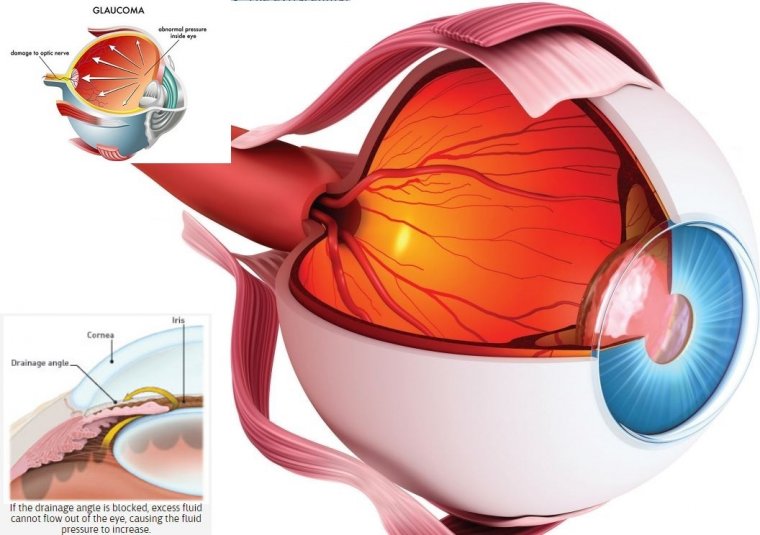Research Links Eye Imaging and AI to Systemic Disease Diagnosis
In a review published in MedComm – Future Medicine, a research team led by Gao Yuanxu from Macau University of Science and Technology, with Miao Hanpei of Southern Medical University as the first author, sheds light on the promising intersection of ophthalmic imaging, artificial intelligence (AI), and systemic disease diagnosis.
The paper, titled "Advancing systemic disease diagnosis through ophthalmic image‐based artificial intelligence," presents a comprehensive analysis of the role eye examinations play in detecting systemic diseases, the types of ophthalmic imaging used, and the advancements in AI technologies tailored for analyzing ophthalmic images.
Highlighting the unique position of the eye as a window to overall health, the research underscores how the eye's intricate vascular, neural networks, and physiological processes mirror those of other organs, offering invaluable insights into the body's health status. Through technologies like color fundus photography (CFP), optical coherence tomography (OCT), optical coherence tomography angiography (OCTA), and slit lamp examination, researchers can now gather multi-dimensional structural data of the eye, providing a new avenue for understanding and diagnosing systemic diseases.
The review distinguishes between two main approaches to ocular image analysis: the end-to-end AI method, which leverages vast image data to craft models aiding in the screening and diagnosis of systemic diseases, and the application of traditional machine learning techniques, enhanced by feature engineering based on medical knowledge, to create interpretable AI models.
Moreover, the article details the application of ophthalmic AI across a range of systemic conditions, including nervous, cardiovascular, kidney, hepatobiliary, and hematologic system diseases, offering a panoramic view of how these AI models can be utilized in diagnosing various health issues.
Despite the advancements, challenges such as data heterogeneity, model interpretability, and the precision of multi-disease classification remain. The researchers advocate for future studies to integrate multimodal and multi-omics data for a more holistic analysis and recognize the potential of emerging AI technologies, including blockchain and large language models like ChatGPT, in enhancing ophthalmic AI's capabilities.
In conclusion, the integration of ophthalmic imaging and AI heralds a new era in diagnosing systemic diseases, with the review calling for continued exploration into extracting clinical insights from ophthalmic AI models and their translation into practical clinical applications.
Reference
Hanpei Miao et al, Advancing systemic disease diagnosis through ophthalmic image‐based artificial intelligence, MedComm – Future Medicine (2024). DOI: 10.1002/mef2.75
(1).jpg)










